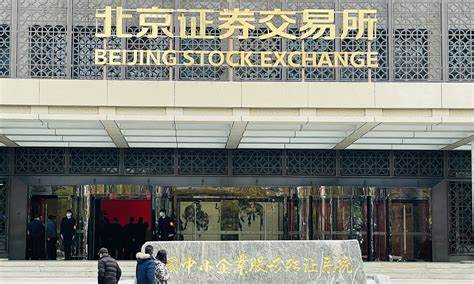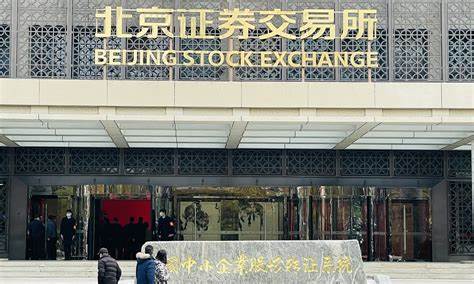

As the new trading week kicks off in Asia, market participants are closely watching key developments in both the U.S. and China. Last week ended on a positive note for Wall Street, while Chinese stocks faced some turbulence despite fresh economic stimulus announcements. Let’s dive into the major takeaways from recent events that are shaping the global financial landscape.
Wall Street Rallies on Strong Bank Earnings
U.S. equities continued their winning streak on Friday, with the S&P 500 reaching new record highs after posting gains for the fifth consecutive week. Two of the country’s largest banks, JPMorgan Chase and Wells Fargo, set the tone for corporate America’s third-quarter earnings season by exceeding profit expectations. Both financial giants attributed their strong performance to the resilience of the U.S. consumer, a key focus for the upcoming week, as earnings reports from major companies and retail sales data are set to be released.
These positive bank results helped lift investor sentiment, and the MSCI’s gauge of global stocks closed up 0.5% for the day, contributing to the broader optimism in the market.
China’s Stimulus Leaves Investors Wondering
On the other side of the globe, attention shifted to China, where investors had been eagerly awaiting details of new stimulus measures. Over the weekend, Beijing pledged to “significantly increase” its debt to revive the sluggish Chinese economy. While this announcement initially stirred optimism, the absence of specific details or a dollar figure on the size of the stimulus left investors uncertain about the actual impact.
The Chinese yuan firmed to 7.0669 per dollar by late Friday, as markets anticipated the upcoming update to the previously announced measures. However, this did little to stop the decline in Chinese equities. The CSI300 index, which tracks blue-chip stocks, dropped 2.8% on Friday, marking a 3.3% decline for the week. Despite the recent slump, the index remains up over 20% for the past month, largely driven by previous stimulus news.
Chinese Finance Minister Lan Foan outlined some of the government’s plans, including efforts to help local governments manage their debt, provide subsidies to low-income households, support the property market, and replenish state banks’ capital. However, the lack of a concrete policy roadmap has left investors on edge, prolonging their wait for clearer guidance. The next meeting of China’s legislature, which could provide more clarity, has not yet been scheduled.

Global Focus on Interest Rates
Globally, central banks remain at the forefront of investor focus. In South Korea, the central bank cut interest rates for the first time since mid-2020 and signaled there could be further room for cuts, reflecting a trend of easing monetary policy in some parts of the world.
In the U.S., market expectations are leaning toward a modest 25 basis-point rate cut by the Federal Reserve at its next meeting in November. U.S. producer prices remained unchanged in September, signaling little inflationary pressure from the supply side. However, consumer prices came in slightly above expectations, which could influence the Fed’s decision-making process.
Oil Markets and Geopolitical Risks
Oil prices slipped on Friday but managed to log their second consecutive week of gains. Traders are keeping a close eye on potential supply disruptions caused by storms in the U.S. southeast, as well as ongoing geopolitical tensions in the Middle East, both of which could lead to fluctuations in the oil market in the coming days.
What to Watch This Week
Several key developments are on the horizon for Monday that could impact market direction:
- Singapore Q3 GDP Report
- India’s Consumer Price Index for September
- China’s September Import/Export Data
These indicators will provide further insights into the health of the global economy and could influence investor sentiment as the week progresses.



